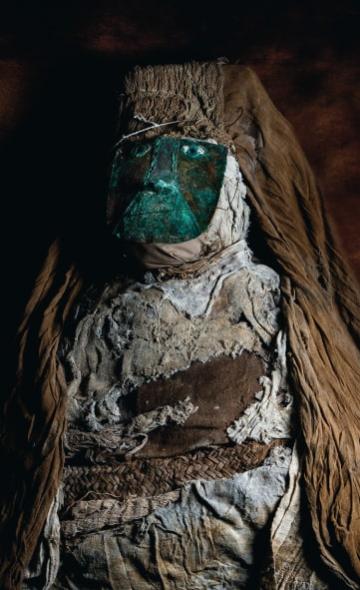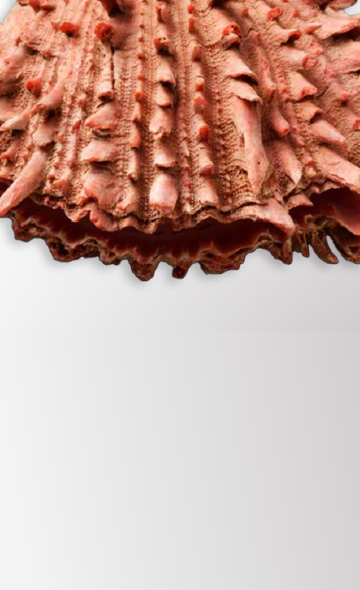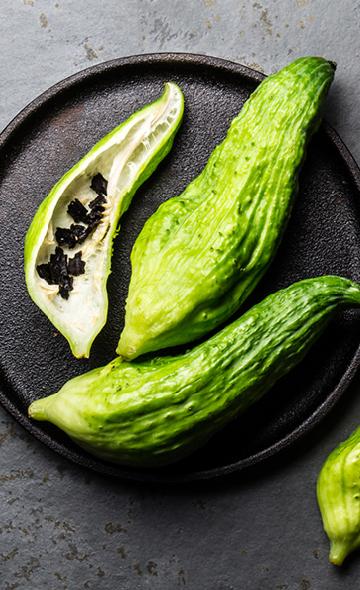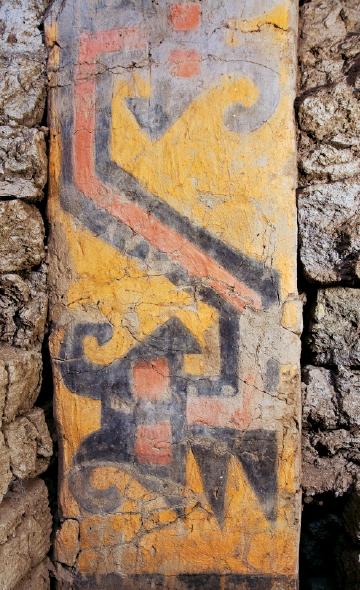- Visitors
- Researchers
- Students
- Community
- Information for the tourist
- Hours and fees
- How to get?
- Visitor Regulations
- Virtual tours
- Classic route
- Mystical route
- Specialized route
- Site museum
- Know the town
- Cultural Spaces
- Cao Museum
- Huaca Cao Viejo
- Huaca Prieta
- Huaca Cortada
- Ceremonial Well
- Walls
- Play at home
- Puzzle
- Trivia
- Memorize
- Crosswords
- Alphabet soup
- Crafts
- Pac-Man Moche
- Workshops and Inventory
- Micro-workshops
- Collections inventory
- News
- Students
- What are funeral bundles and to which Peruvian cultures do they belong?
News
CategoriesSelect the category you want to see:
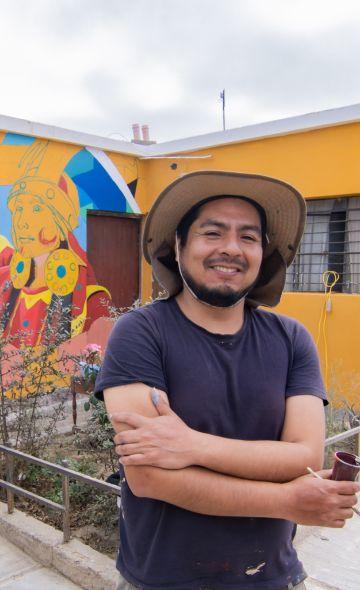
Magdalena de Cao to Once Again Host an International Mural Art Gathering ...
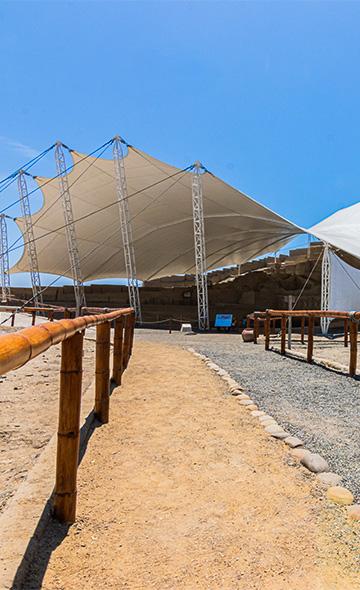
Explore El Brujo Through Virtual Tours: Culture and History at a Click ...
To receive new news.
By: Complejo arqueológico El Brujo
Bundling is a funerary technique that consists in wrapping the dead, together with a series of accessories, until an anthropomorphic figure is reproduced. Paracas, Ychsma and Lambayeque were some cultures that used these funerary techniques in the pre-Hispanic epoch. One of the oldest antecedents of funerary bundling is found in Chilca, at the archaeological site "Chilca, Pueblo 1". That find dates back to 3750 BC, although in this period it was still rudimentary.
The components of funerary bundles
Though the funerary bundles of each culture have their own characteristics, there are a series of components that are usually present in most of them: the wrappings, the individual and the accessories or objects that accompany his/her body.
.jpg)
Image 1. Product made in the workshop. How were our ancestors buried? Source: Book "Lambayeque Funerary Bundles at El Brujo"
The CAEB collection of funerary bundles
The El Brujo Archaeological Complex (CAEB) houses a collection of 142 funerary bundles, of which 138 belong to the Lambayeque epoch, offering us an approach to the funerary customs characteristic of the Chicama Valley.
Aside from that, it is worth noting that in 1990 the Wiese Foundation signed its first agreement with the National Institute of Culture of Peru (INC), which was renewed in 2010, becoming the Ministry of Culture (MINCUL), through which the Foundation was entrusted with the research, conservation, comprehensive operation and dissemination of the El Brujo Archaeological Complex. Thanks to this alliance, excavation work began in Huaca Cao Viejo, where an important group of funerary contexts from the post-Mochica period was discovered.
.jpg)
Image 2. Burial 76, found in 1991. It is an anthropomorphic-type funerary bundle with a vertical wrapping. Source: Book "Lambayeque Funerary Bundles at El Brujo: Collection Catalog"
On the findings of the Transitional epoch
From the Transitional epoch, three funerary contexts were discovered, two in Huaca Cortada and one in Huaca Cao Viejo. These findings gave us knowledge on different funerary customs of this period. For example, burials in chambers made from the dismantling of Moche architecture. Also, these tombs could house more than one individual and were accompanied by a series of offerings.
These offerings have made it possible to know the type of ceramic pieces that were developed at the time; aside from the iconography present in the textiles, where one can see winged characters with canes or stepped volutes. It is also evident that the burial position in this period is different from that of the Mochica, as here the seated position predominates.
.jpg)
Image 3. Drawing of Burial 7 (1991) made by Segundo Lozada. Source: Book "Lambayeque Funerary Bundles at El Brujo"
On the findings of the Lambayeque epoch
In contrast to the previous period, where burials are few, in the Lambayeque epoch a greater number has been observed: 393. According to the studies of this group, the form of burial is different from the previous one, in this context they were carried out in graves; aside from the fact that there were a greater number of individual burials, accompanied by certain objects such as pottery, animal bones and other offerings.
As for the funerary bundles themselves, these were less sophisticated: less wrapping and only attached with strings of thread, which were placed on the neck, middle section and bottom section of the bundle. In contrast to the ceramic offerings of the previous period, here the predominance of black bottles with a globular body with the representation of the "huaco rey" (“king pottery”) was also observed. In these burials, ceramic pots and pitchers were also found, as well as some ceramic elements with foreign features, possibly due to the influence of the Cajamarca group.
Another characteristic of the Lambayeque epoch is the burial position of the individual's body, where we observe that they had their knees raised or were sitting cross-legged. The shape of the skulls is also different in these bodies, where there is a predominance of the "D" shape.
Investigations continue into the funerary bundles found in the CAEB
The study of the funerary bundles of the CAEB is interesting because it allows us to know more about the mortuary practices of the societies that occupied this area. Currently, the Wiese Foundation is managing the project "The Characterization of the Funerary Bundles of the CAEB", whose purpose is the identification of the processes of the Lambayeque funerary bundles, with which a better understanding of the processes related to the life and death of this culture will be achieved.
Students , outstanding news


